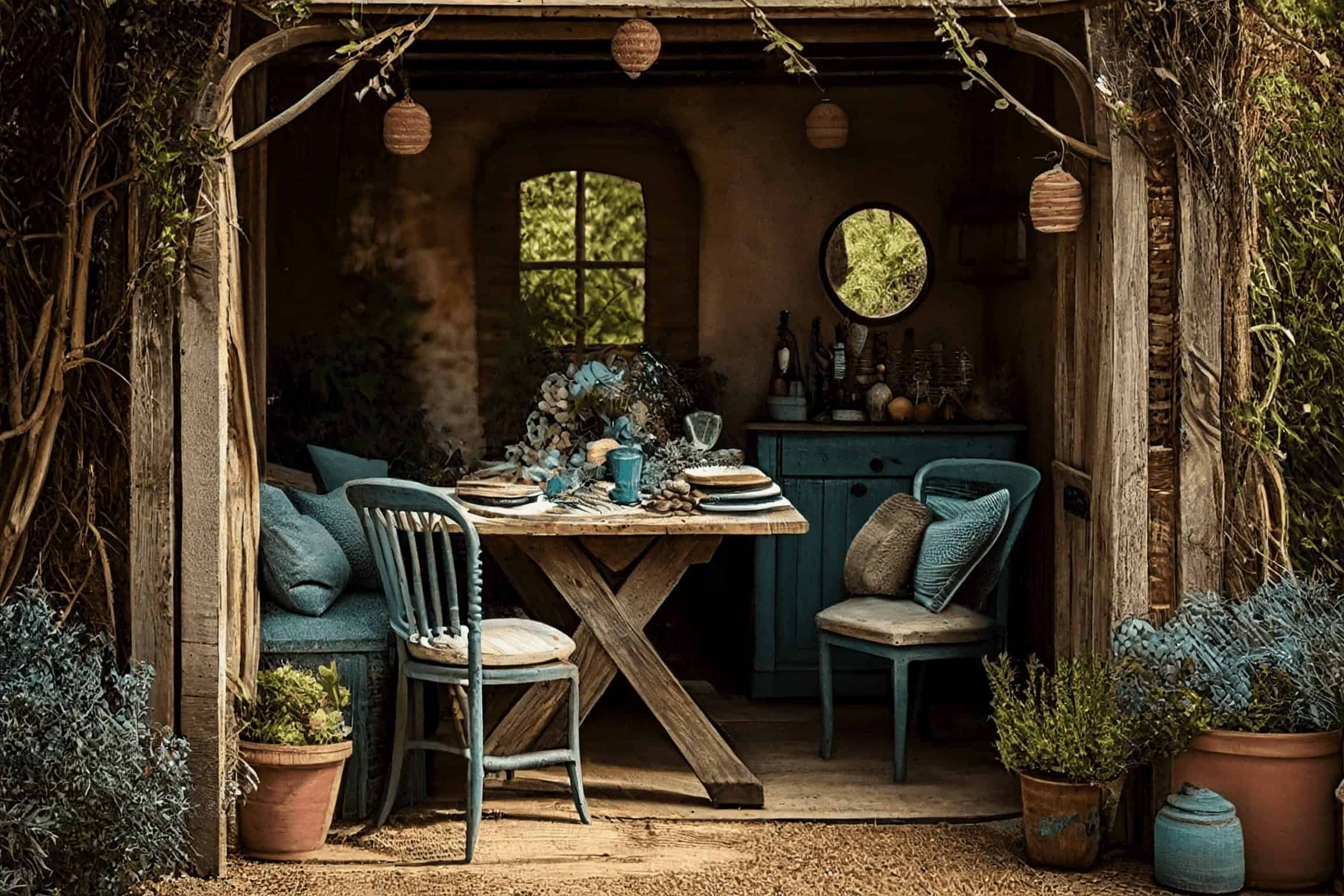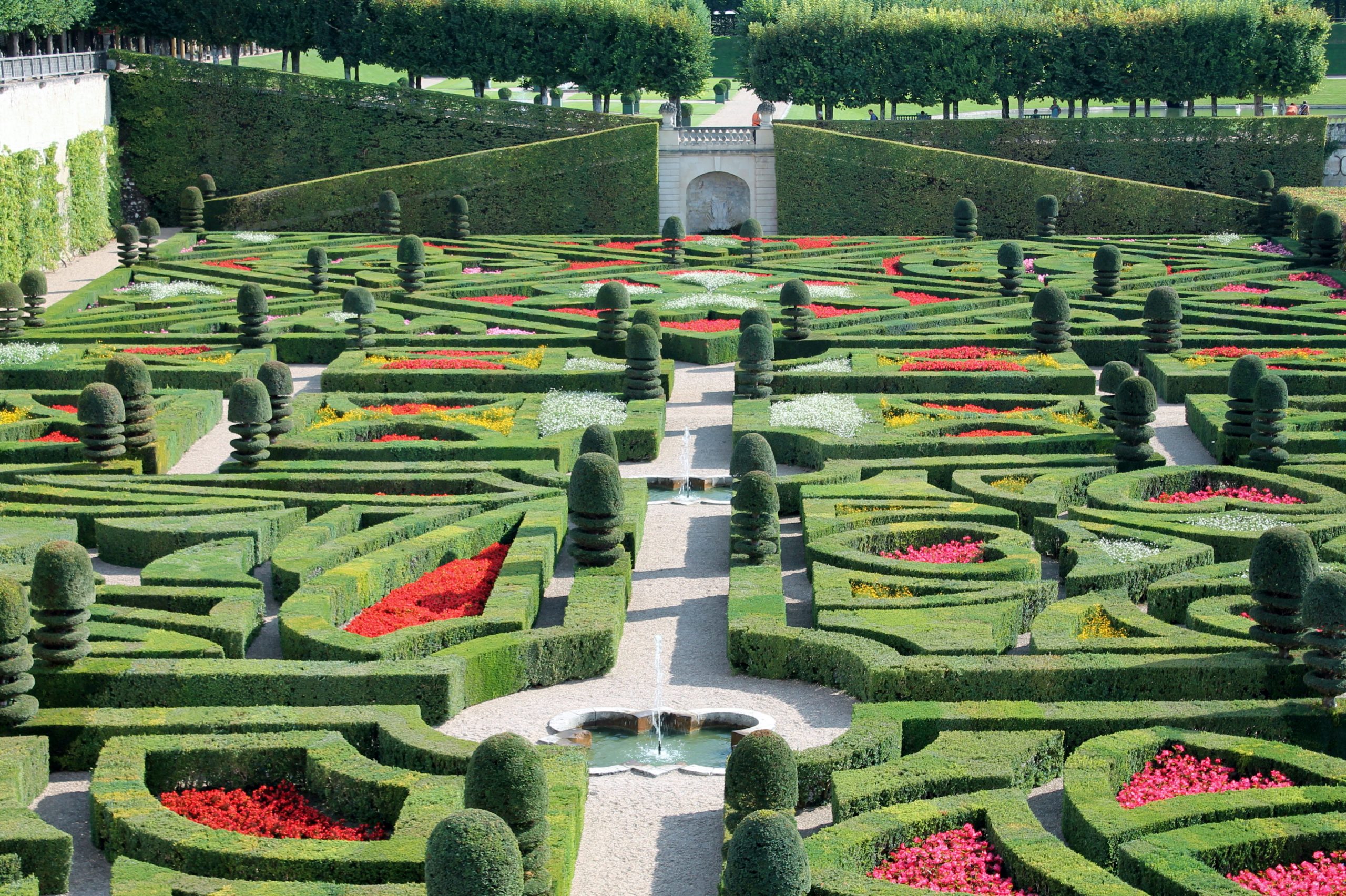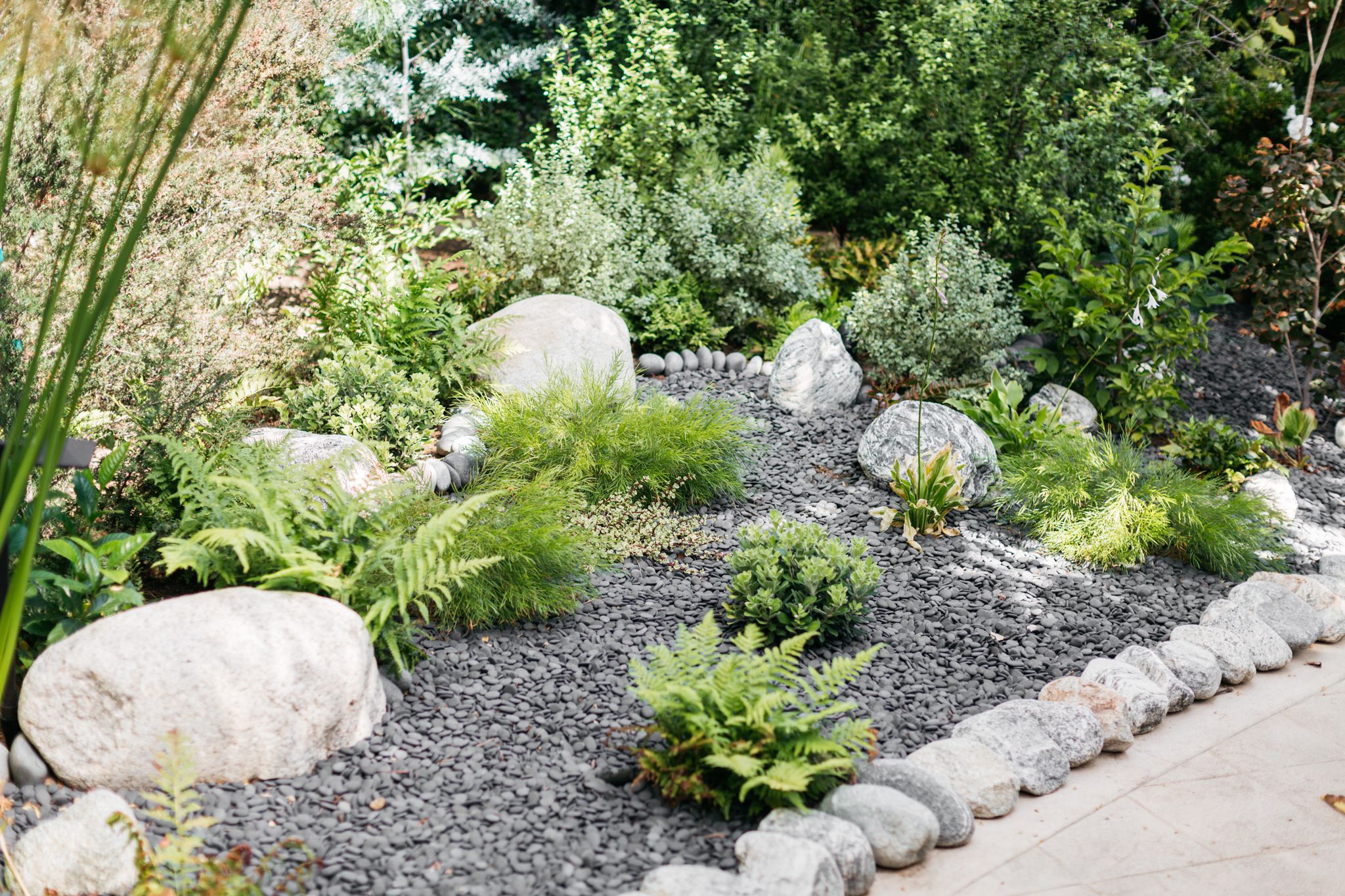Having a beautiful and comfortable garden in the yard is a dream for many homeowners. A thoughtfully designed garden provides not only visual beauty but also a tranquil escape from the stresses of everyday life. One garden style that has been gaining popularity recently is the rustic garden. This style emphasizes a natural, welcoming, and timeless feel, bringing warmth and nostalgia into your outdoor space.
In this article, we will explore in depth how to create a charming rustic garden in your home. From understanding the basic concepts to practical tips, we’ll guide you on how to achieve this cozy and inviting look. With the right elements, such as weathered wood, stone pathways, and wildflowers, you can transform your yard into a rustic haven that feels both organic and comforting.

Understanding the Concept of Rustic Gardens
A rustic garden is a garden style inspired by nature and rural life. This style combines natural elements such as wood, stone, and wild plants with a touch of vintage and country. The goal is to create an atmosphere that is relaxed, warm, and at one with nature. Rustic gardens often look a little wild and unorganized, but still have a unique and charming beauty.
Some of the characteristics of a rustic garden include:
- Use of natural materials such as wood, stone, and rusty metal
- Plants that grow freely and look a little wild
- Vintage elements or used items used as decoration
- Natural colors and earth tones
- A cozy and welcoming ambiance
By understanding these basic concepts, you can start planning the rustic garden of your dreams.
Planning a Rustic Garden Layout
Before you start decorating, it is important to plan the layout of your rustic garden well. This will help you optimize the available space and create a comfortable flow in the garden. Here are some steps you can follow:
- Evaluate the available space: Measure the area of your yard and pay attention to its natural characteristics such as the contour of the land, the area exposed to sunlight, and drainage.
- Define garden zones: Divide your garden into zones, such as seating areas, planting areas, paths, and focal points.
- Sketch a garden plan: Make a rough sketch of your garden layout. This will help you visualize your ideas and make adjustments before you start working.
- Consider the flow of movement: Make sure there are clear, comfortable paths for walking through your garden.
- Create a focal point: Choose one or more elements that will be the center of attention in your garden, such as a large tree, a rustic fountain, or a unique seating area.
With careful planning, you will have a clear guide to creating a rustic garden that is organized yet natural.
Choosing and Planting the Right Vegetation
Choosing the right plants is key to creating an authentic rustic garden. Plants for a rustic garden should look a little wild and be easy to care for. Here are some types of plants that are suitable for rustic gardens:
- Perennials: Lavender, echinacea, rudbeckia, and salvia are great choices because they are long-lasting and provide color all year round.
- Grasses: Miscanthus, pampas grass, and fountain grass can add natural texture and movement to your garden.
- Vines: Clematis, wisteria, or morning glory can create a beautiful green wall or drape over a pergola structure.
- Shrubs: Hydrangeas, lilacs, or boxwood can be used as natural borders or focal points.
- Small trees: Fruit trees such as apple or cherry, or ornamental trees such as birch or Japanese maple can add vertical dimension to your garden.
- Aromatic plants: Rosemary, thyme, and mint are not only beautiful but also provide a refreshing scent.
When planting, try to create layers of plants at different heights. This will give your garden depth and dimension. Don’t be afraid to let your plants grow a little wild – it adds an authentic rustic feel.
Also, consider growing some plants in pots or rustic containers such as old wooden buckets or rusty cans. This not only adds a decorative element but also makes it easy to change the layout of your garden as you wish.
Using Natural Materials for Hardscaping
Hardscaping, or the hard elements in a garden, plays a big role in creating a rustic aesthetic. Utilizing natural materials is essential for creating a genuine appearance. Here are some ideas for rustic hardscaping:
- Walkways: Use irregular natural stone or wood chips to create a natural-looking walkway. Allow grass or groundcover plants to grow between the stones for a more wild feel.
- Stone walls: If you have a slope in your yard, consider building a retaining wall out of natural stone. Not only is this practical, but it also enhances the rustic charm.
- Wood fences: A simple wood fence or split-rail fence can create an attractive boundary while adding a rustic element.
- Gazebo or pergola: A wooden structure like a gazebo or pergola can be a beautiful focal point while providing shade.
- Wooden benches or chairs: Seating made from natural wood or driftwood can create a comfortable and on-theme resting area.
- Pond or water feature: A small pond with rocks around it or a simple fountain made from a clay pot can add a calming water element.
When choosing materials, prioritize those that look natural and have the patina of time. Weathered wood, moss-covered stone, or slightly rusted metal can all add rustic character to your garden.
Incorporating Decorative Touches
Decorations are the finishing touches that can transform an ordinary garden into a charming rustic garden. Here are some rustic decorating ideas that you can apply:
- Old wagon wheels: Large wooden wagon wheels can be made into interesting focal points or used as bases for outdoor tables.
- Antique farm equipment: Use old farm equipment like garden forks, shovels, or watering cans as decorative elements.
- Vintage lanterns: Antique or replica kerosene lanterns can provide warm ambient lighting at night.
- Reclaimed wood boards: Use reclaimed wood boards to create cute plant name signs or signs in your garden.
- Old wooden ladders: Old wooden ladders can be used as unique plant racks.
- Wooden buckets and barrels: Use old wooden buckets or wine barrels as plant pots or containers for mixing compost.
- Pebbles or gravel: A scattering of pebbles or gravel can create interesting transition areas between different garden zones.
Remember that the key to rustic decorating is balance. Too many decorative elements can make a garden look cluttered. Choose a few key items and place them strategically to create an interesting focal point without disrupting the overall harmony of the garden.
Lighting
The right lighting can transform your rustic garden into a magical place at night. Here are some lighting ideas that fit the rustic theme:
- Hanging lanterns: Hang vintage lanterns from trees or pergolas for warm ambient lighting.
- String lights: Hang string lights (fairy lights) along a fence or above a seating area to create a romantic atmosphere.
- Solar lights: Use solar stone lights or solar pathway lights for eco-friendly lighting.
- Garden torches: Place a few garden torches along a walkway or around a seating area for dramatic lighting.
- Mason jar lights: Make DIY lights from Mason jars and candles or LED lights for a unique rustic touch.
- Outdoor wall lights: Choose outdoor wall lights with a rustic design for areas like your patio or outside walls.
- Underwater lighting: If you have a pond or water feature, add underwater lights for a stunning effect at night.
Remember not to overdo the lighting. The goal is to create a warm, intimate atmosphere, not to light up the entire garden like a football field. Vary the intensity and type of lighting to create interesting layers of light.
Closing
Creating a rustic garden in your backyard is a rewarding project that brings both beauty and tranquility to your home. By blending natural elements with thoughtful design, you can craft a space that feels warm, welcoming, and timeless. Whether you have a large yard or a small corner to work with, the rustic style can adapt to any space.
As you implement the ideas discussed, remember that a rustic garden thrives on simplicity and nature’s imperfections. Let your creativity flow, and don’t be afraid to incorporate personal touches that make the space uniquely yours. With the right balance of plants, materials, and decorations, your rustic garden will become a cherished retreat for years to come.



